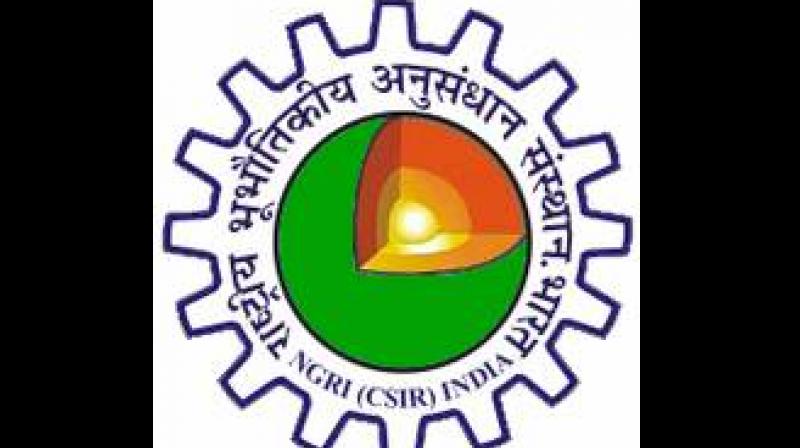Govt’s groundwater data is grossly underrated: Expert

Hyderabad: For years, reports of declining groundwater tables have elicited discomfort among citizens. However, according to some resear-chers, the picture could be much worse that imagined.
At a symposium on “Geosciences for Sust-ainable Development Goals” held at the National Geophysical Research Institute (NGRI) in Hyderabad on Tuesday, researcher P.N. Ballukraya said that the data that policy makers have on grou-ndwater tables might be wildly underrated.
At the two-day symposium on how knowledge derived from various geoscience disciplines can contribute to hitting sustainable development goals (SDG), Ballukraya said that due to continued over-exploitation over the years, the current methodologies need to be replaced.
The retired professor from University of Madras is part of a team that had conducted surveys of micro-sheds in two villages of Hadonahalli and Arall-amallige in Bengaluru Rural district.
He said, “Every year, all around the country, we hear of farmers having to dig deeper to hit water. Some of them dig nearly 300 metres deep. But official data does not portray this. In Bengaluru Rural, for instance, it says the water table is still 20 metres or thereabouts. Why is there such a difference in these figures?” Ballukraya says that since the land in Hyderabad has similar features (rocky), the picture would not be that different here.
He said the measurements by groundwater departments of most states take measurements from a few monitoring wells. These wells are old and, he claims, are not representative of the picture even in their own surroundings.
“Any borewell has many joints across its depth that laterally fill it up with water. When there was no over-exploitation in the past, the entire matrix would get recharged during the year and there were no problems,” he says.
“But today, due to overexploitation, many of these lateral points are dry and do not feed the well anymore. In wells where none of the points contribute to the well, the water at the bottom is just leftover, stagnant water," Ballukraya said.
Such a well should not be considered active. At this location, one would have to dig deeper to hit another point which can feed the well. This would ultimately be the real groundwater level. But at these monitoring wells, this point will never be hit and water will appear to be higher than it actually is.
For better accuracy of measurements, the researchers attached pinhole cameras to a cable and sent it into wells. This gave clear photographs of how the wells had transformed over the years.
The research also threw light on some borewells that defy exp-ectations and appear active for several years at a stretch. These wells are usually fed by ‘highways of water’ called ‘preferred pathways.’ Almost all water falling in such regions end up in these channels and re-charge these wells. “This would explain why a well dug just a few metres away from such a borewell will not yield water even at great depths,” he said.
Ballukraya believes there is an urgent need for an overhaul in how groundwater tables are measured. “In the current scenario, we cannot depend solely on monitoring wells. We have to use only active wells, fed by water-producing joints and that don't have stagnant water. If we think, for an area, the groundwater utilisation is only 100 per cent, with accurate data, it could even 500 per cent,” he says.

